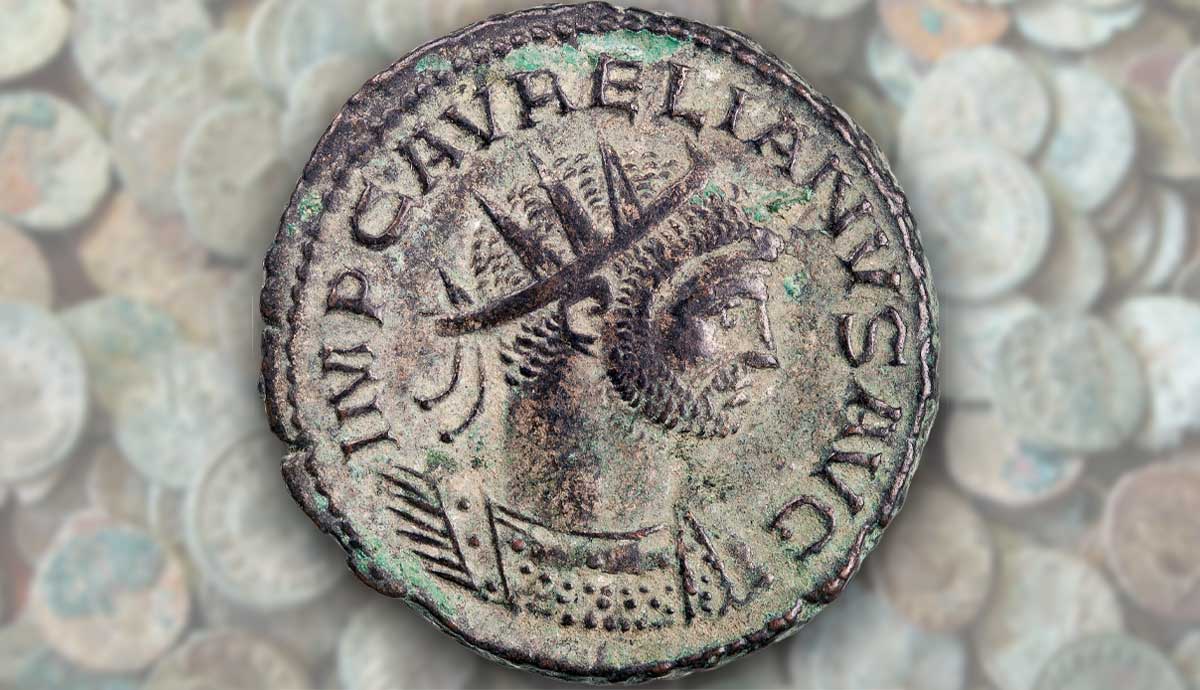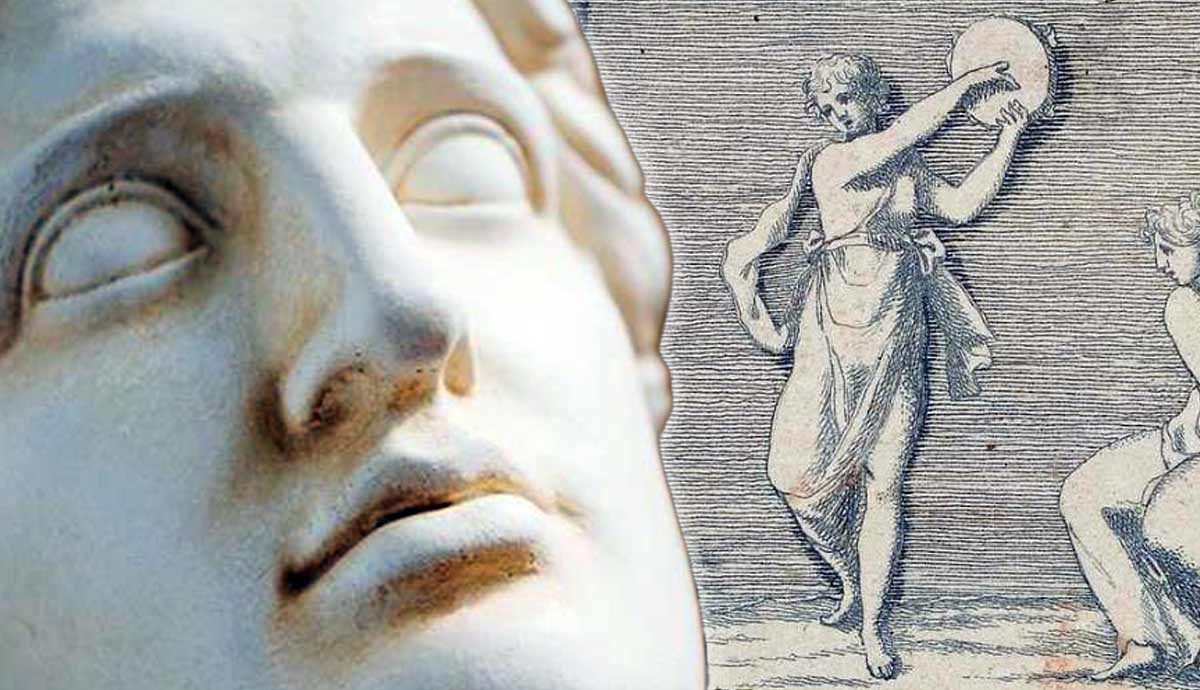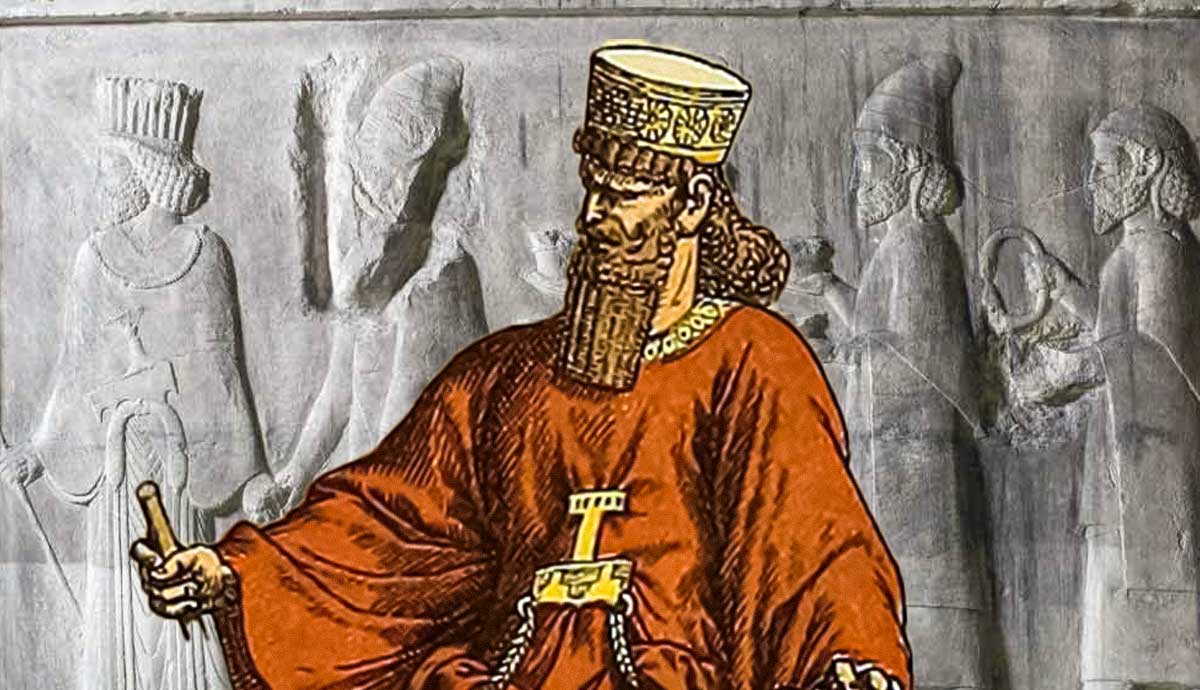
The history of Roman coins goes deep into the past, with the first true Roman coins introduced at the beginning of the 3rd century BCE. By the end of the 3rd century BCE, the silver denarius was first introduced, and it remained the dominant coin in the Roman world for the next four centuries. During the Imperial Era, some emperors reduced the quantity of silver in the denarius, reducing its value.
Regardless, during the first two centuries CE, the denarius retained a decent silver content. However, from the beginning of the 3rd century CE, the newly introduced antoninianus gradually pushed the denarius out of use. As the empire sank into the Third Century Crisis, emperors increasingly reduced the amount of silver in the antoninianus, which by 270 CE had become a base metal coin with a thin coating of silver.
Roman Monetary System

Before the introduction of coinage, the Romans used various types of proto-currency such as aes rude (small nuggets of bronze) and aes signatum (stamped bronze ingots). It wasn’t until around 280 BCE that the Romans issued their first coinage, the bronze aes grave. The basic denomination was an as, which was valued at 12 unciae (units of weight). Other denominations were also introduced that had smaller values (semis, triens, quadrans, and sextans).
To facilitate trade with the Greeks and other peoples in Italy, Romans occasionally minted silver coins such as didrachmae and quadrigae. During the Punic Wars, this early monetary system failed due to reductions in the weight of the aes grave. Around 211 BCE, the silver denarius was first introduced and gradually became the main Roman denomination. In the beginning, the denarius was worth 10 asses, from where it got its name. Its weight was c. 4.5 grams. That value was later increased to 16 asses, which it retained in the Imperial Period. Two new denominations were introduced, the quinarius (1/2 of a denarius) and the sestertius (1/4 of a denarius), but they were rarely used during the Republican Period. The gold aureus was also rarely used, mostly for commemorative or military purposes.

The imperial monetary system was established after the coinage reform conducted by the emperor Augustus (16 BCE-14 CE) during his early reign. Augustus reintroduced smaller bronze denominations such as quadrans, semis, as, and dupondius which were not regularly issued after about 82 BCE. However, they were now minted from different metals such as brass (dupondius) and copper (as, semis, and quadrans). The sestertius was also reintroduced but it was minted from brass instead of silver, with its weight and size increased while retaining its original value of 1/4 of a denarius. With a weight of c. 25-27 grams, the sestertius was by far the largest Roman imperial coin.
The golden aureus had now become a regular part of the monetary system, and it had a value of 25 denarii. Authority to mint brass and copper coins was nominally retained by the Senate, which is indicated by the mark SC (Senatus Consultum) on these coins. On the other hand, the authority to mint silver and gold coins was taken over by Augustus himself. Augustus increased the silver content of a denarius, which was now around 95-98% with a weight of c. 3.9 grams, and it stayed that way until the reign of Nero (54-68).
Debasement of the Denarius and Introduction of Antoninianus

As the Empire and its expanses expanded, emperors had to increase the production of coins, which they could only do by reducing the amount of precious metals in coins because of limited resources. This process is known as a debasement, and it is mostly associated with the Third Century Crisis (235-284) when it was most intense. However, the debasement of Roman coins, especially the denarius, began much earlier.
Nero was the first emperor to significantly reduce the silver content and weight of a denarius, which dropped to c. 90% and 3.41 grams. Further debasement occurred during the reign of Trajan, around 107 CE when the silver content and weight dropped to c. 80% and 3.21 grams. Although the denarius retained a weight of 3.21 grams during the reign of Marcus Aurelius (161-180), its silver content dropped to c. 70%. The denarius hit its lowest point during the reigns of Septimius Severus (193-211) and his son Caracalla (211-217) when its silver content sank to c. 40-50% with the weight of a little over 3 grams.

Debasement also occurred in other coins. The weight of the aureus dropped from 7.85 to 7.31 grams during the reign of Nero. This remained unchanged until the reign of Caracalla when it dropped to 6.40-6.55 grams. Unlike its weight, the gold content of aureus did not change that much, dropping only from 99% to 93%. The sestertius remained relatively stable during the first two centuries CE, with the first debasement of that denomination occurring only during the reign of Severus Alexander (222-235) when its weight dropped to c. 20 grams.

In 215 CE, Emperor Caracalla issued a new silver denomination. The ancient name of this coin is not known, but it is often referred to as the antoninianus after the regnal name of Caracalla (Marcus Aurelius Antoninus). Its distinctive feature on the obverse was a depiction of the emperor wearing a radiate crown. Because of this, it is also called “pre-reform radiate” by numismatists. The nominal value of the antoninianus was two denarii. However, the actual silver content was roughly equal to 1.5 denarii. It weighed 5.10 grams, while the actual weight of two denarii was c. 6.30 grams.
The reasons for introducing a new denomination are not exactly known. Caracalla faced a growing financial crisis during his reign, but nevertheless, he increased soldiers’ pay by 50%. The introduction of a new type of coin was probably a way to increase coin production without further debasing the denarius.
Further Debasements

Emperor Elagabalus (218-222) discounted the antoninianus, and it was not minted by succeeding emperors up to 238 CE. In that year, joint emperors Pupienus and Balbinus reintroduced the antoninianus. Their successor, Gordian III (238-244), reduced the weight and the silver content of the antoninianus to c. 4.75 grams and 40%. After his reign, the antoninianus definitively became the dominant Roman silver denomination. Over time, these developments created a situation where people started hoarding coins of better quality. Because of this, the denarius disappeared almost completely after c. 240 CE and was only minted on rare and special occasions.
This phenomenon, where “bad money” drives out “good money” from circulation, is known as “Gresham’s Law.” As the Third Century Crisis deepened, so did the expenses of the Roman emperors. During those turbulent times, the Empire was attacked on multiple fronts and suffered from almost constant usurpations and civil wars. The army became a major factor in obtaining imperial power, and emperors had to richly reward soldiers to keep them loyal. Again, more expenses meant increased coin production, which led to further debasements.

The quality of antoninianii dropped rapidly during the 250s and 260s. During the reign of Valerian (253-260), the silver content of the antoninianus was about 20%, and by the late 260s and early 270s, it was less than 5%, sometimes as low as 2.5%. Its weight dropped to below 3.0 grams. At that point, the antoninianus became a base metal coin (bronze or copper) with just a thin coating of silver, which quickly wore off.
Unofficial imitations of antoninianus, known as “barbarous radiates,” spread through the Gallic Empire (260-274). They were much smaller than regular antoninianii and had a very crude design. These were probably produced locally, and their original function is not clear.
The rapid debasement was evident in other denominations as well. The average weight of aureus fell from c. 4.86 grams under Gordian III to c. 4.0 grams under Decius (249-251). During the 260s its weight was reduced even further, sometimes being as low as c. 3.0 grams. From c. 251 CE onwards, aurei with radiate busts were minted which were heavier than the regular aureus (which had laureate busts). This gold denomination is sometimes called a “double aureus,” although it is not clear whether its value was truly worth two aureii, because its weight varied over time. The minting of smaller denominations (such as the dupondius and sestertius) was reduced significantly.
Aurelian’s Monetary Reform

Aurelian as an emperor is mostly remembered for his military accomplishments. After defeating Zenobia in 272 CE and the reconquest of the Gallic Empire in 274 CE, Aurelian tried to stabilize the monetary situation in the Empire and reform the coinage. The only ancient historical source that mentions this reform is a single passage in Zosimus’s Historia Nova. As Zosimus tells us, Aurelian called in “all counterfeit money and issued new to avoid confusion in trade.”
It is important to note that in 271 CE Aurelian faced a rebellion of mint workers in Rome, after which the mint of Rome stopped working for some time. In 274 CE, Aurelian introduced a new antoninianus, distinguished from the older issues by the mintmark XXI on the reverse (KA in Greek issues). Since Aurelian slightly improved the silver content of the antoninianus to about 4-5%, this mintmark probably represented a ratio of silver and bronze (i.e. 20 parts bronze to 1 part silver).
The average weight of the antoninianus also increased, which was c. 3.93 after the reform. Aurelian’s reforms included a wide range of denominations that he brought back. He reintroduced the denarius and other smaller denominations such as the as and sestertius. The effects of these reforms are not clear. After Aurelian, the antoninianus continued to be minted with about 4-5% silver until they were discontinued in 294 CE by Emperor Diocletian.










